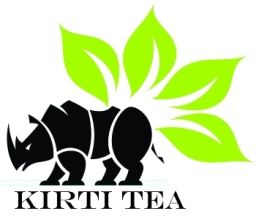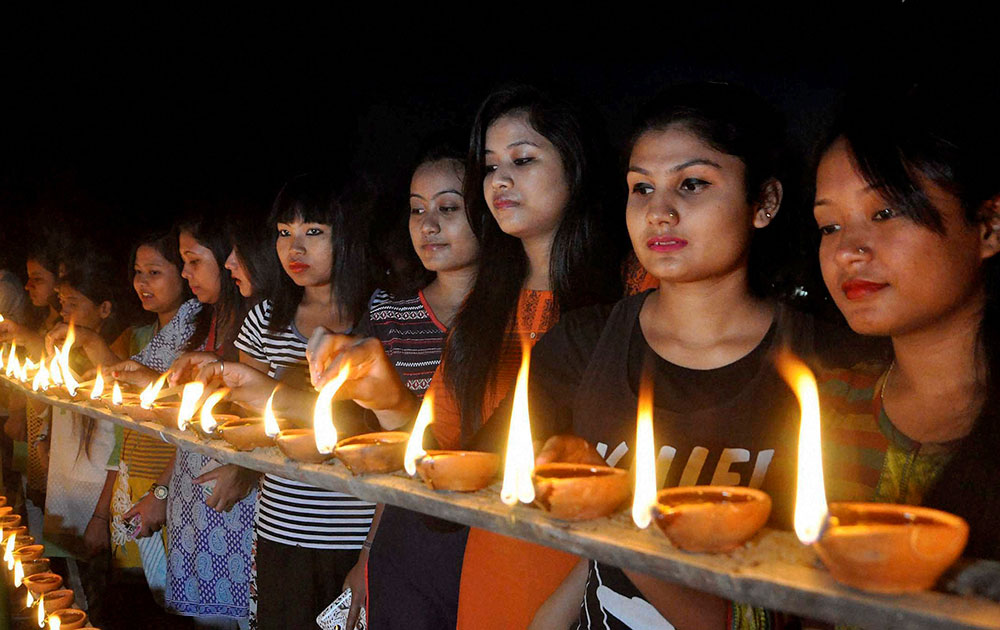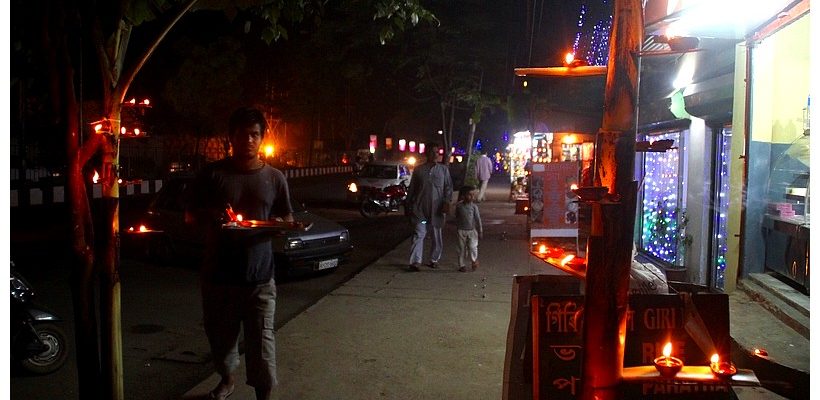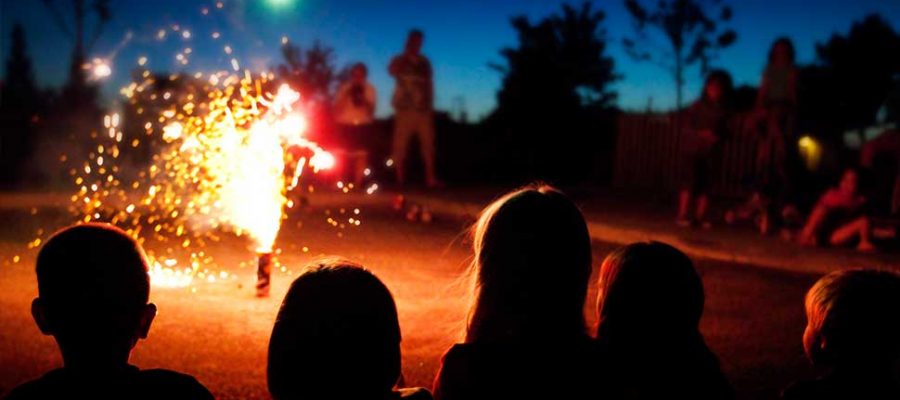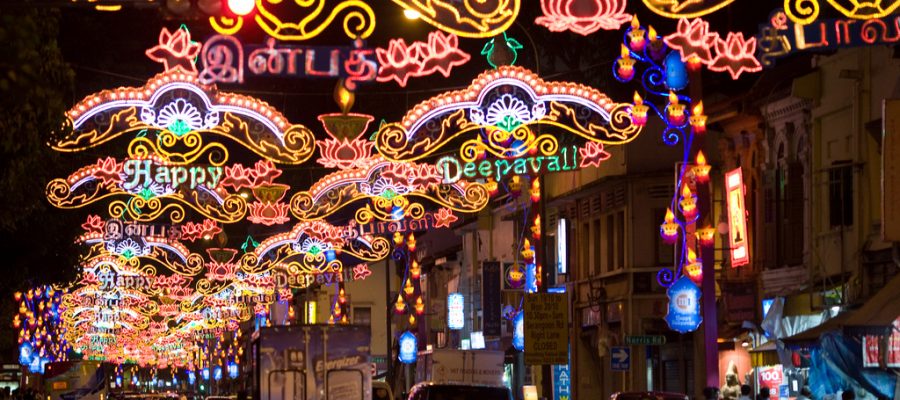News & Update, Tea
Diwali : Here’s How India is Celebrating This Year !
The festival of lights, Diwali, is arguably India’s biggest religious celebration, when homes, institutions and entire neighbourhoods are decorated with candles, earthen lamps and fairy lights on this auspicious moonless night. In urban India, Diwali has come to be associated with weeks of card parties that culminate in a grand evening of firecrackers, on the main day of the festival. A homogeneous culture has set in with the modern youth that sees the festival as a time for exuberance and conspicuous consumption.
Traditionally, however, different regions of India have diverse ways of commemorating this day. Different parts of India celebrate Diwali in their own unique ways. Read on to find out where you can travel to explore these interesting Diwali traditions across India.
Assam & Bengal
The festival of lights, Diwali, is arguably India’s biggest religious celebration, when homes, institutions and entire neighbourhoods are decorated with candles, earthen lamps and fairy lights on this auspicious moonless night. In urban India, Diwali has come to be associated with weeks of card parties that culminate in a grand evening of firecrackers, on the main day of the festival. A homogeneous culture has set in with the modern youth that sees the festival as a time for exuberance and conspicuous consumption.
Traditionally, however, different regions of India have diverse ways of commemorating this day. Different parts of India celebrate Diwali in their own unique ways. Read on to find out where you can travel to explore these interesting Diwali traditions across India.
Uttar Pradesh
Lord Rama’s home Ayodhya now lies in the state of Uttar Pradesh, where the Festival of Lights is one of the most widely and enthusiastically celebrated festivals. In Varanasi specially, Diwali is an elaborate affair, with the special evening Ganga Aarti, which lights up the entire Ganga with the thousands of earthen lamps which float over the surface. As the evening is brought on by chants from priests, people welcome Diwali by lighting firecrackers and lighting up their homes with diyas. It is truly an experience to celebrate Diwali in the largest state of India!
Maharastra
It is said that Lord Rama stayed in Panchvati for the major part of his 14-year exile. That place is now close to Nasik, in the state of Maharashtra. The mythological connection aside, Maharashtra celebrates Diwali with great vigour. On Diwali day, Lakshmi-pujan is celebrated on the Diwali evening, where it is believed that Goddess Lakshmi visits the households, bringing with her lots of wealth and prosperity. Mouth-watering delicacies like chakali, shankar-pale, anarse, kadaboli, karanji, shev, and more are served during Diwali, and Marathis hang ‘Akash-dive’ outside, to light up their homes.
Tamil Nadu
While most of the country associates Diwali festivities with the bursting of crackers at sundown, in Tamil Nadu, this happens by day. People awake at the crack of dawn to have a traditional oil bath. Fragrant pepper, betel leaves and other ingredients are infused with hot oil for a pre-bath massage. After bathing, new clothes are worn and a tonic called ‘Deepavali Lehiyam’ is had as a precursor to the feast ahead. Then, bursting of crackers and sparkles ensues. Celebrations here actually wind up by evening – the time festivities hit their peak in other parts of India. Most Tamilians celebrate this day as the death of Narakasura, a feared demon, at the hands of Lord Krishna.
Andhra Pradesh
While many states in India observe this day as the death of Narakasura, in Andhra Pradesh festivities include theatre and drama similar to that of Dussehra. The slaying of the demon is re-enacted by protagonists that play Satyabhama, the consort of Lord Krishna who killed him. Cracker stuffed effigies depicting Narakasura are burnt during these skits. Legend has it that the fiend’s dying wish was to live for one more day in the grandest way possible. Thus fireworks, feasts and festivities are meant to fulfil this desire. There is a lot of emphasis on buying items and gifting. Shop owners treat customers like gods and specially decorate marketplaces to welcome buyers.
